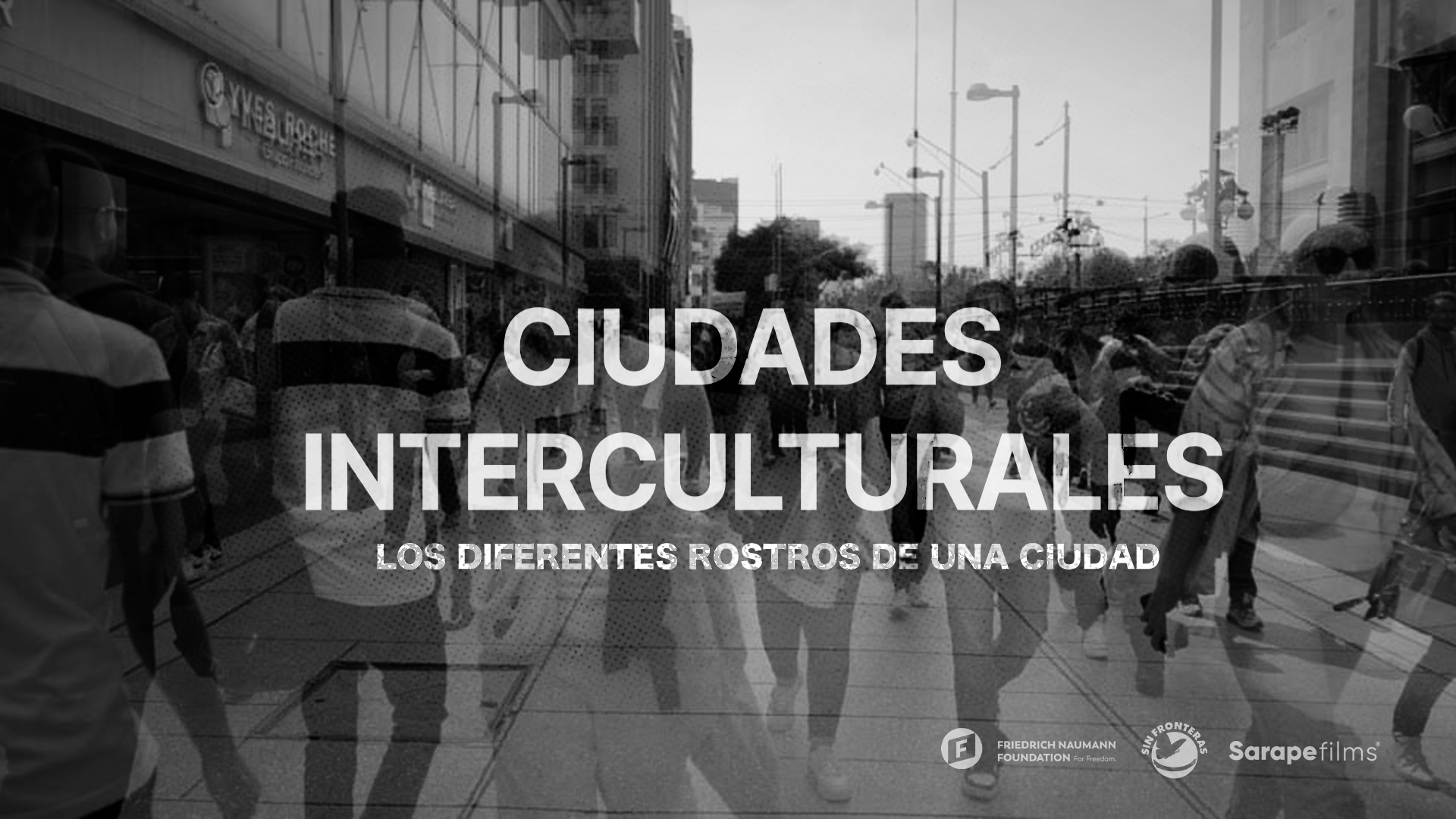Ciudades Interculturales
The different faces of a city

Mobility is the natural state of humanity. Since historic times, whether due to wars, political conflicts, economic situations or, recently, due to climate change, people have chosen to seek better opportunities outside their places of origin.
We are living unprecedented times in terms of human mobility, since in the case of Mexico, asylum requests have been increasing and the migratory flow can no longer be understood as waves, but as a constant where there is transit, but also return and stay. Behind the migration figures we find people's faces, stories, dreams and, at the same time, invisible victims.
There are many challenges that people in a situation of mobility face: barriers to access health rights, labor and economic integration or obstacles to access education services for children. In addition, the great challenge at the public policy level is to move from the management of migration to the management of diversity. Understanding this is one of the central components of intercultural policies, which not only deal with foreign migrant populations, but also with internal migration, minorities in cities and populations in situations of vulnerability.
To talk about interculturality is to start from acknowledging the equality of all people under the law, embracing diversity to be recognized as a central contribution to the construction of open and plural societies. Through interviews with UNHCR, Sin Fronteras IAP and the presentation of best practices of the Spanish Network of Intercultural Cities (RECI for its acronym in Spanish), in this documentary -produced by Sarape Films, a company that focuses on telling stories of social and environmental impact- we seek to define what intercultural cities are and socialize their potential as long-term policies for the inclusion and promotion of human rights in Mexico.
